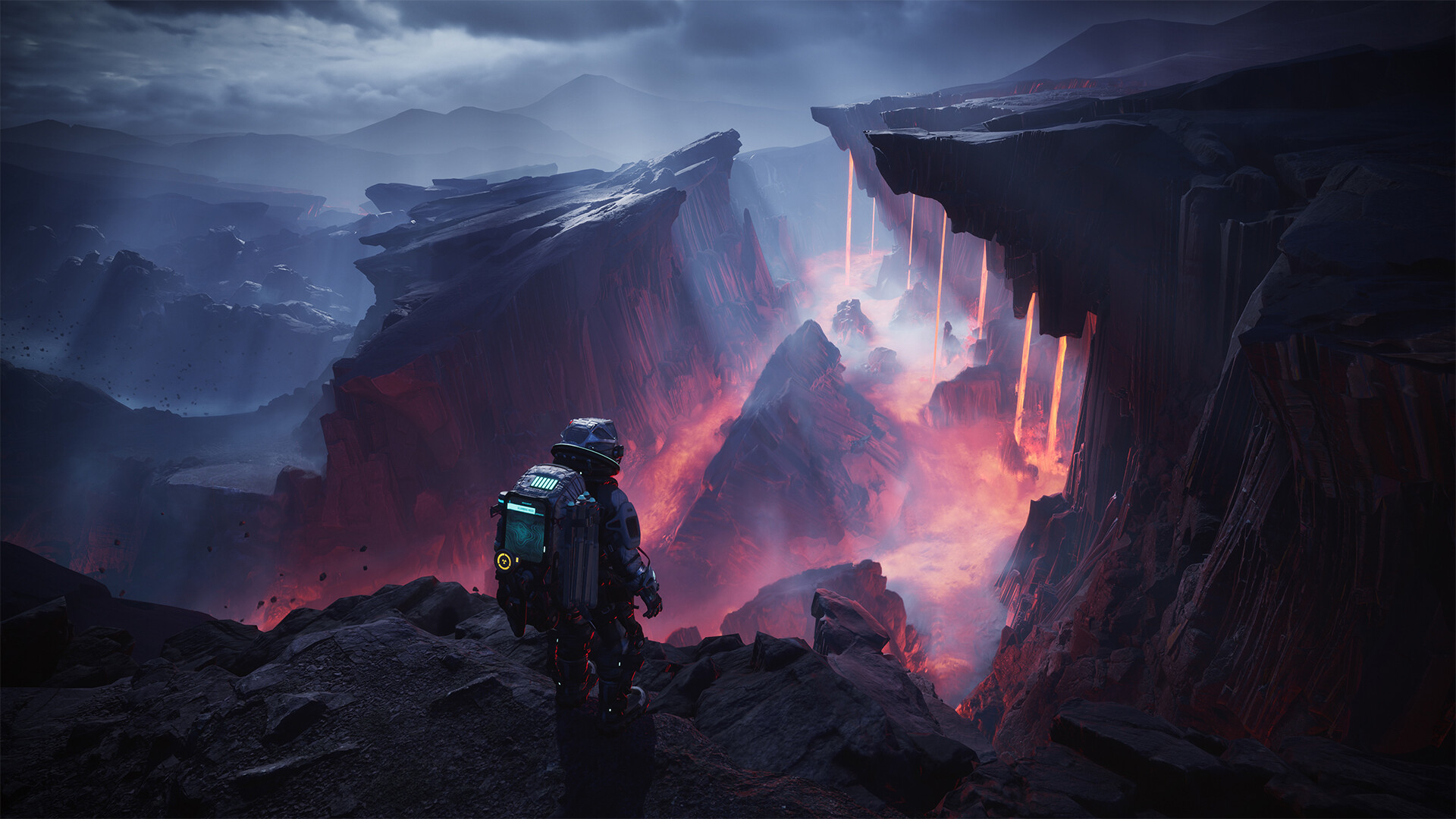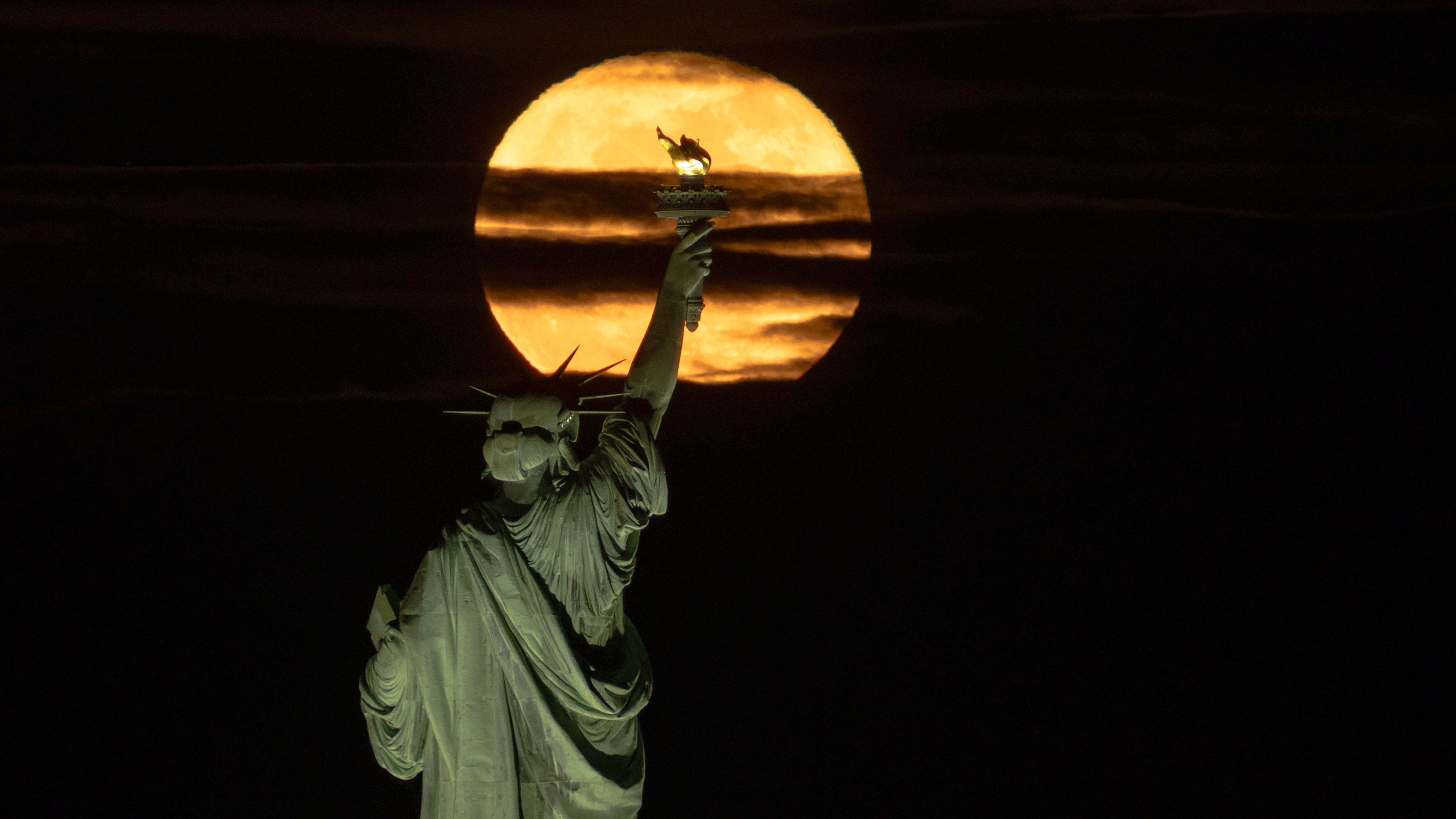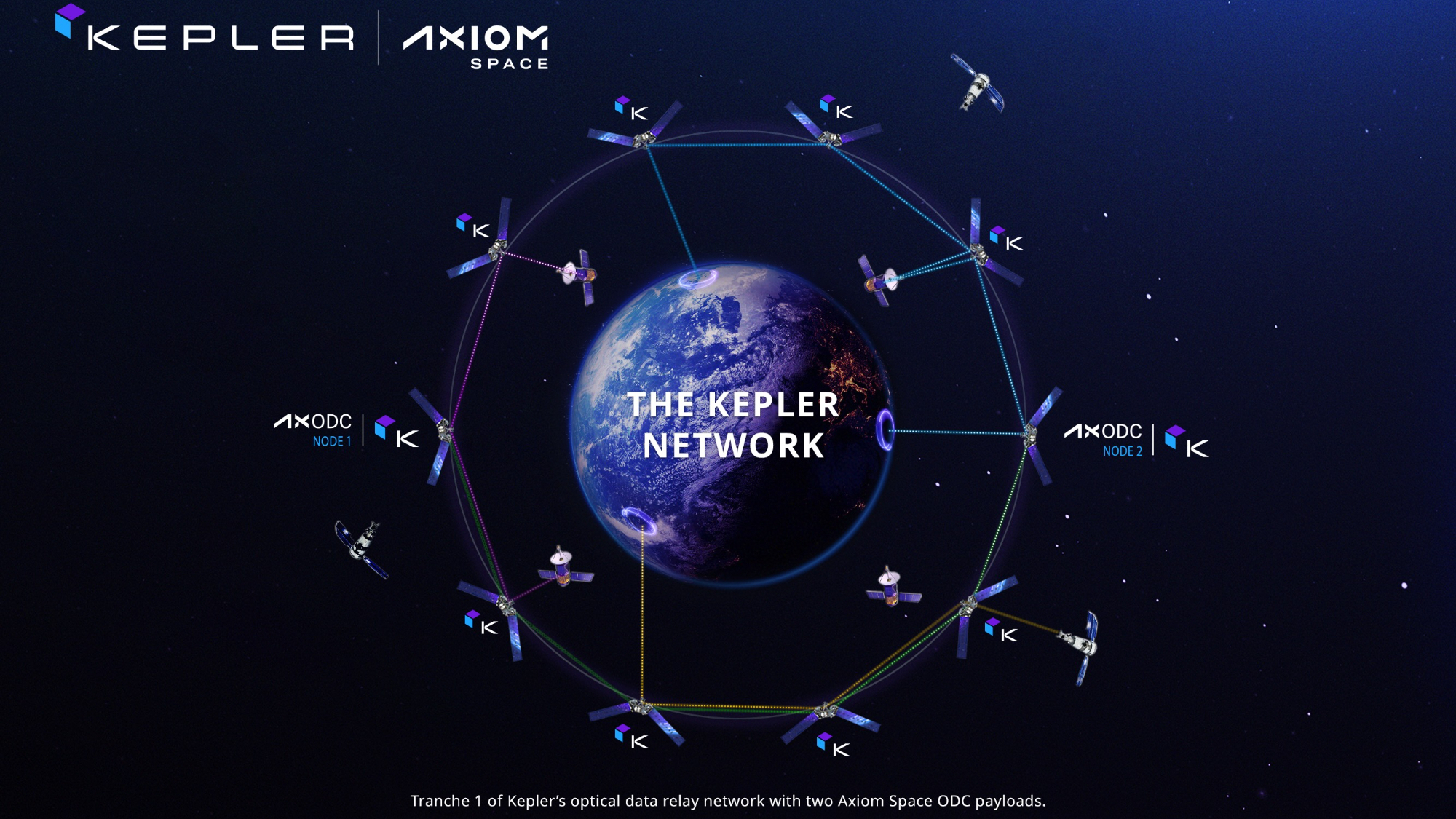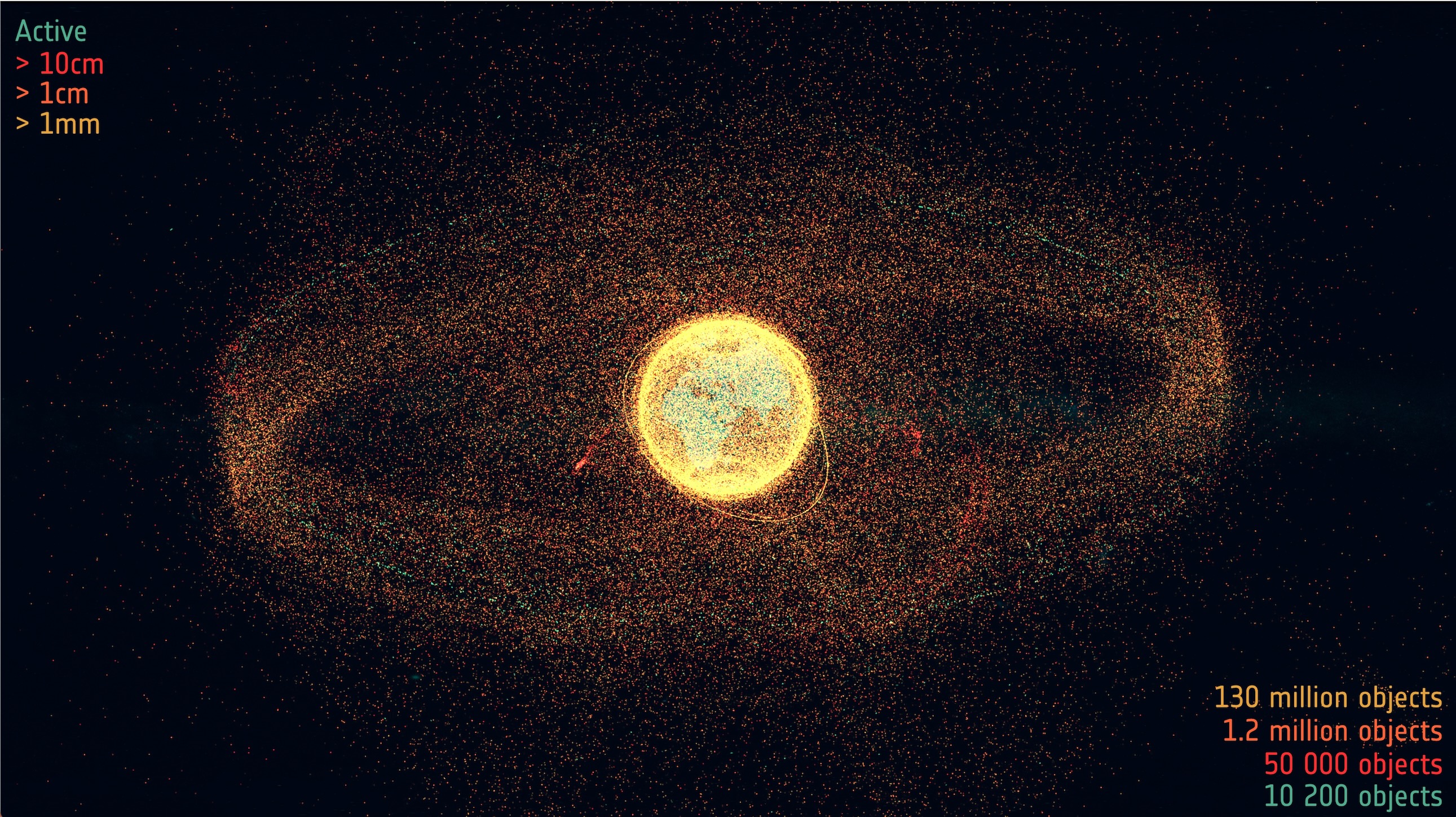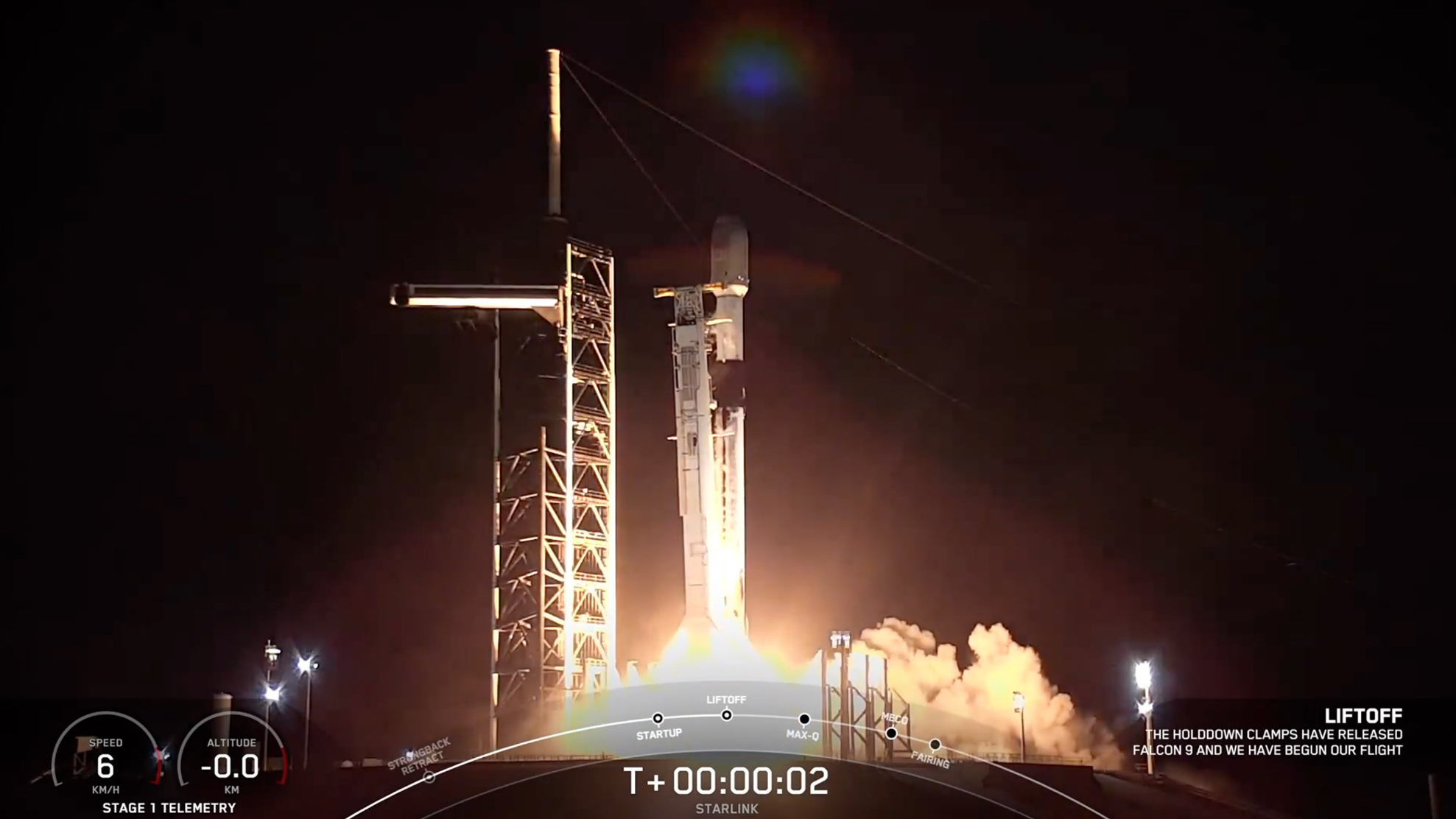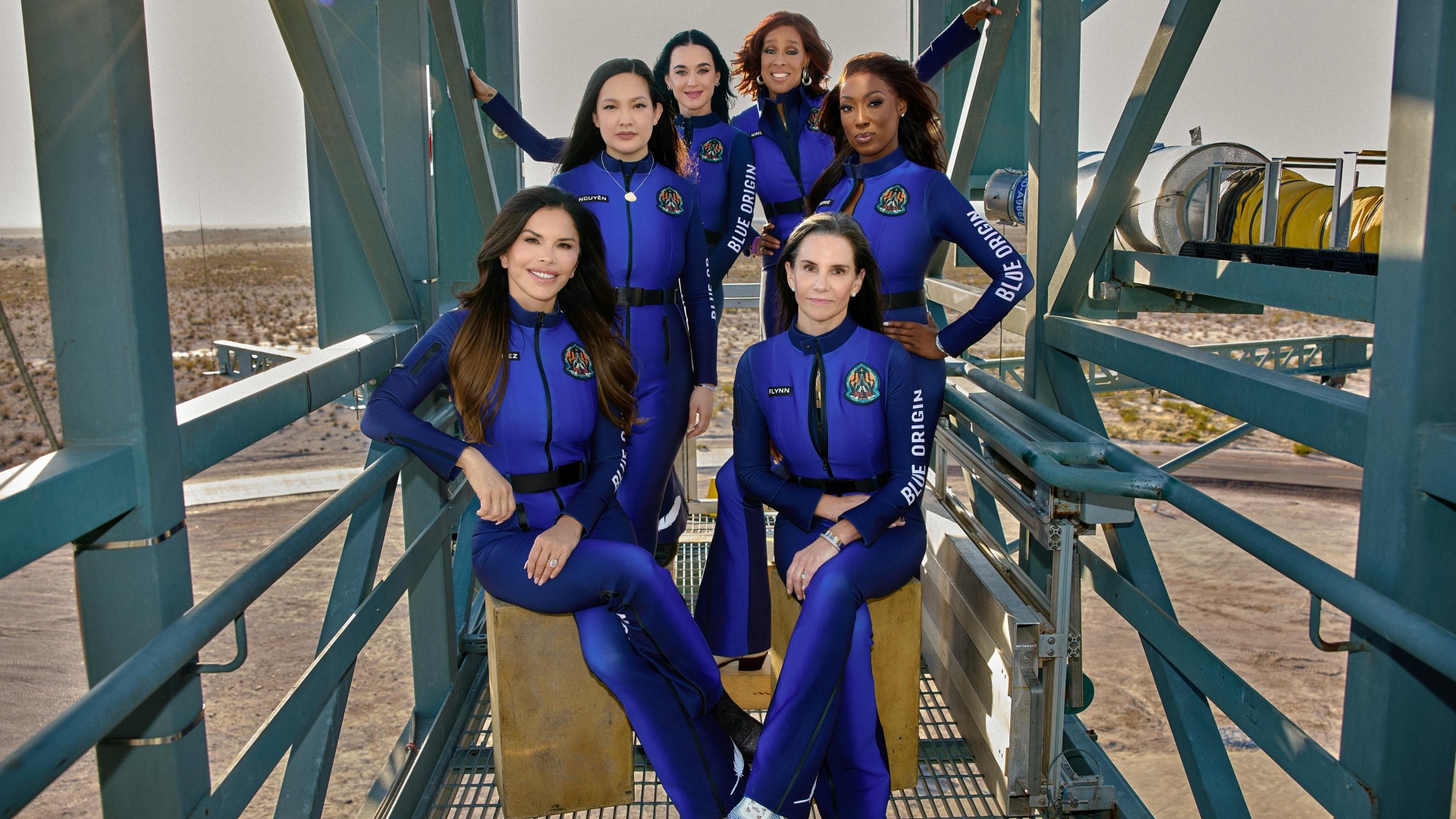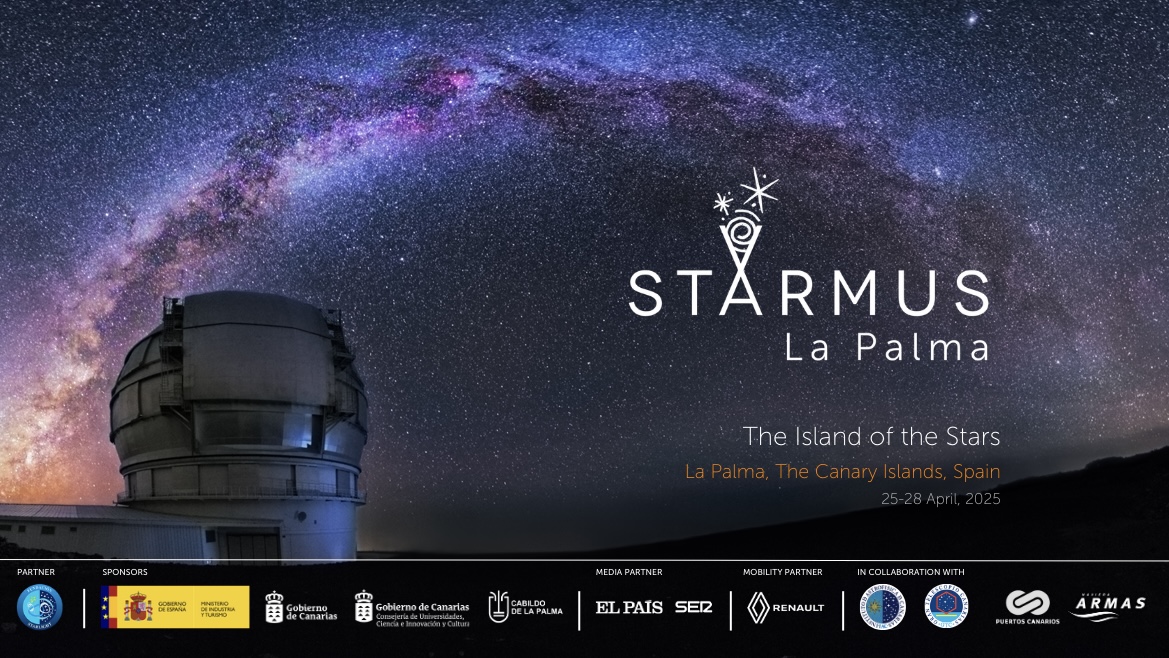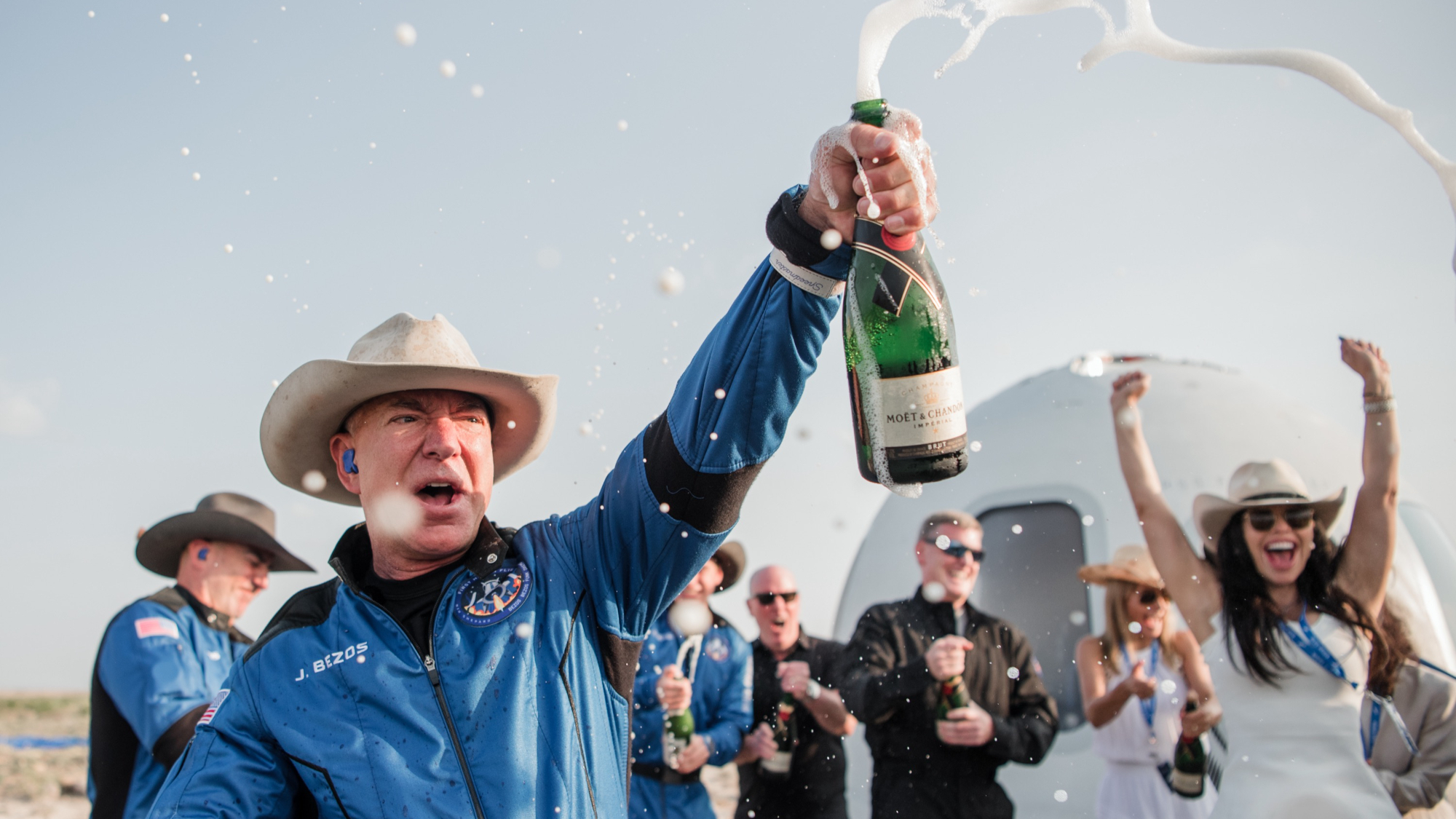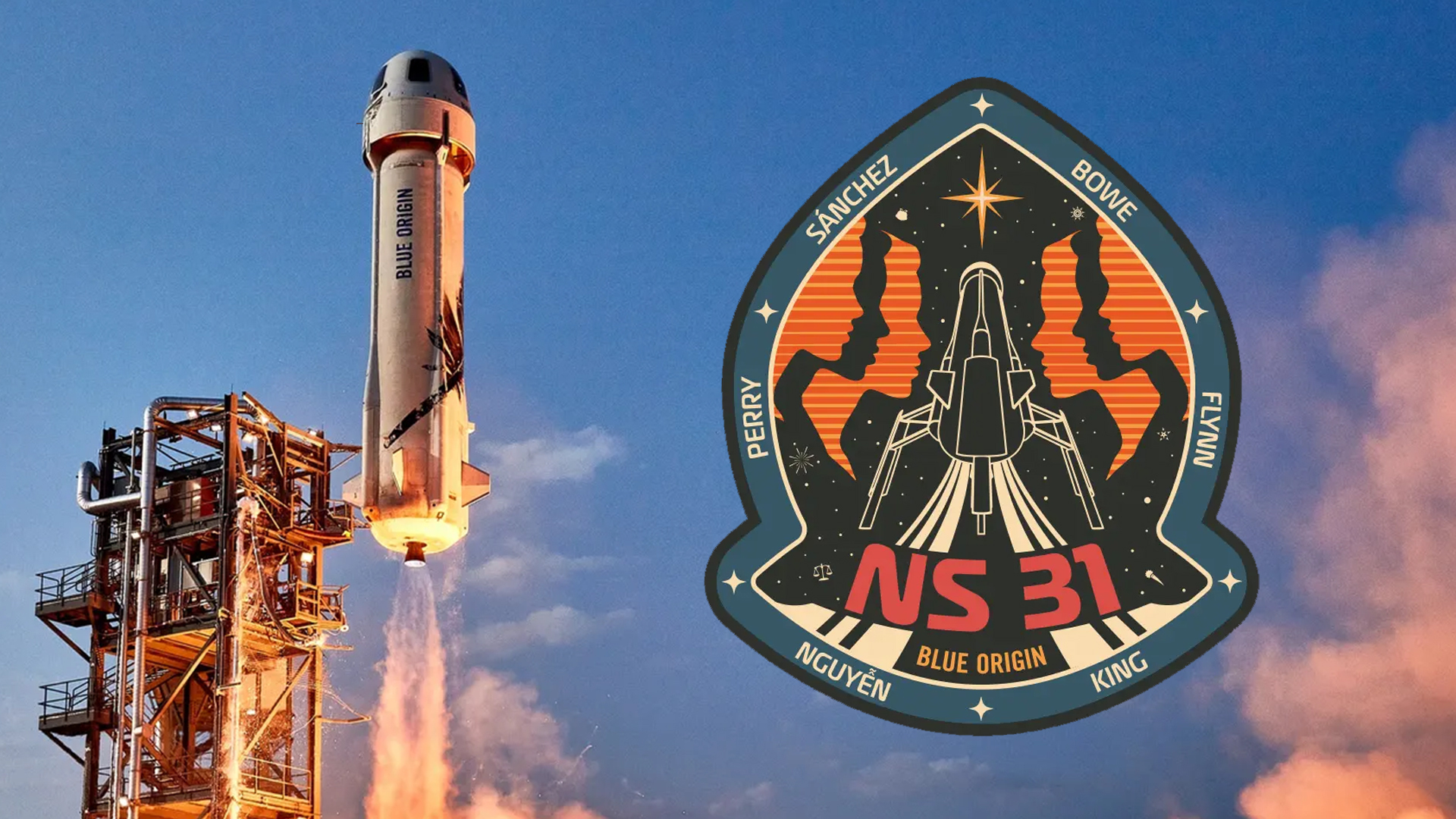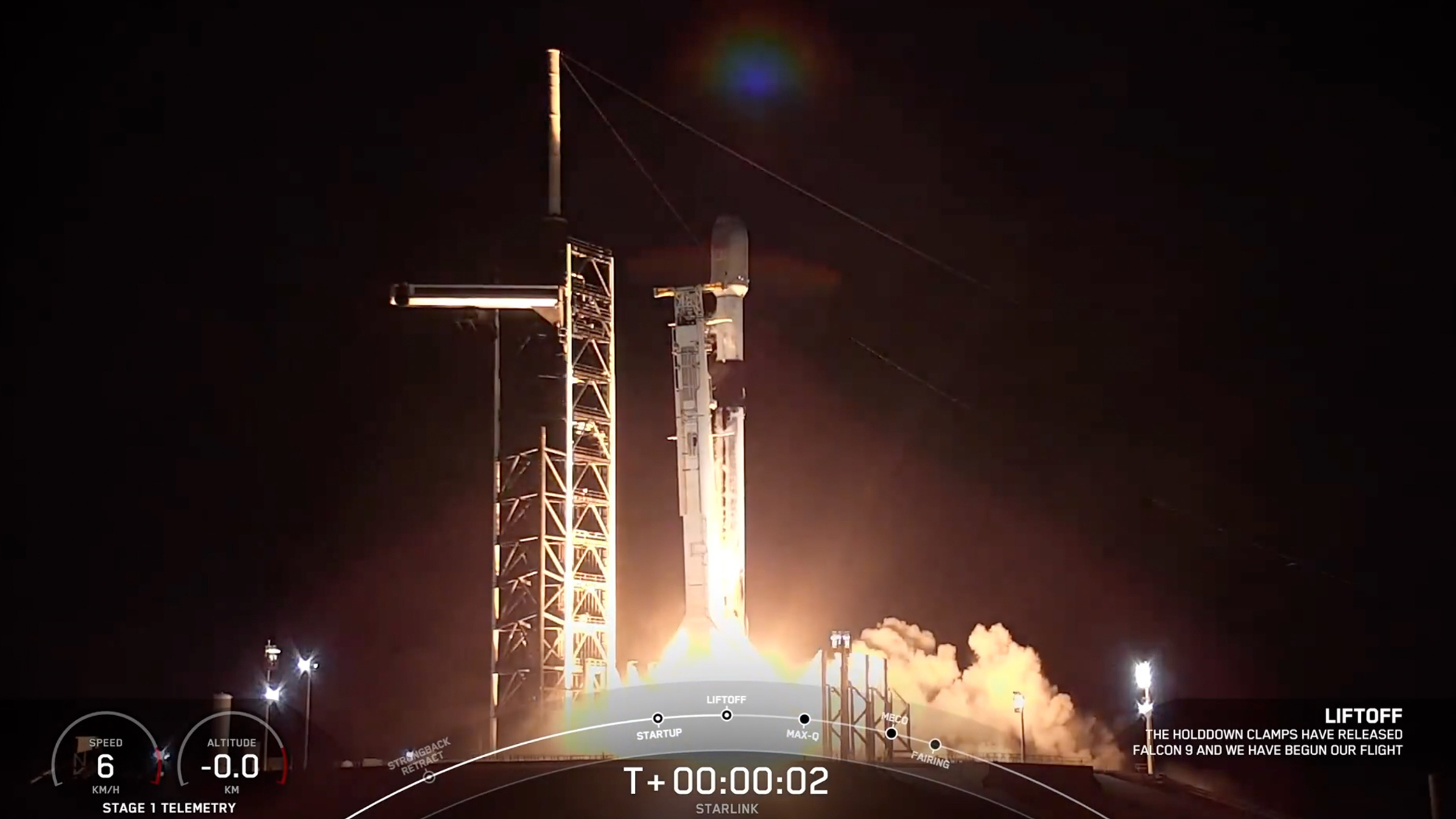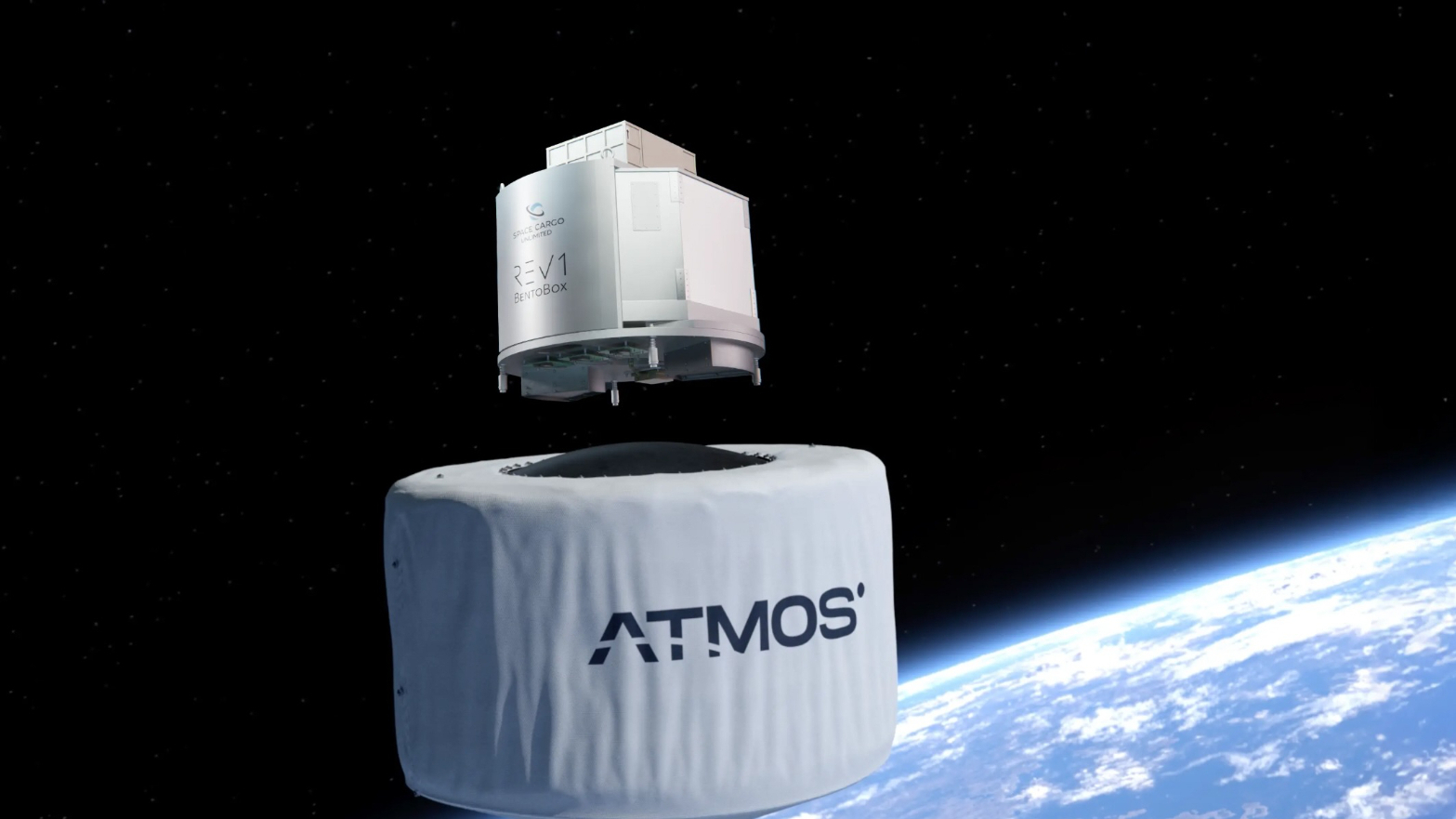
A European company will give its cargo-return tech its first in-space test this spring, if all goes according to plan.
Germany's Atmos Space Cargo announced today (Feb. 5) that its first Phoenix reentry capsule will fly on SpaceX's Bandwagon 3 rideshare mission. A Falcon 9 rocket will launch Bandwagon 3 no earlier than April, according to Atmos representatives.
"Our first test flight is what the team at Atmos has been working towards relentlessly," Atmos CEO and Co-founder Sebastian Klaus said in an emailed statement. "I am proud to lead this mission at such a crucial moment for Europe. Our space industry needs disruptive innovation to compete on a global scale."
Phoenix is designed to haul material down to terra firma, providing a safe ride home for a variety of high-value products that will be made in orbit. Atmos sees a particular need for this service in the biomedical field.
Related: See Varda Space's private in-space manufacturing capsule's historic return to Earth in photos
"Research in life sciences, specifically for monoclonal antibodies, stem cells, organoids and protein crystallization, offers unique opportunities in space. Launching experiments has become simpler and cheaper, but returning to Earth remains a challenge due to high costs, long lead times, and issues with repeatability and reliability," the company wrote on its website.
"The solution is to provide a return service tailored specifically for life sciences, which is highly affordable, reliable, with regular flights and short lead times," Atmos added.
Get the Space.com Newsletter
Breaking space news, the latest updates on rocket launches, skywatching events and more!
Phoenix will get down to Earth in one piece thanks to an inflatable atmospheric decelerator (IAD), Atmos-developed tech that will act as both a heat shield and a high-velocity parachute.
The initial version of the capsule can carry up to 220 pounds (100 kilograms) of goods down to Earth, but future iterations will be able to handle several tons — meaning they could transport objects as large as rocket stages, according to Atmos.
The Bandwagon 3 launch will begin Phoenix's off-Earth test. The capsule will carry four payloads on this mission, including a radiation detector from the German space agency DLR and a new bioreactor from the U.K. company Frontier Space.
Atmos has three main goals during the test flight: collect information from Phoenix and its subsystems in orbit, gather data from the onboard customer payloads, and deploy and stabilize the capsule's IAD during reentry.
Phoenix isn't expected to survive the end of this debut mission, company representatives said. But whatever happens will inform and improve future versions of the capsule.
Atmos isn't the only company developing hardware to get goods from orbit down to Earth. For example, California-based Varda Space has already conducted a successful in-space test of its own.
Varda's first mission, called W-1, ended in February 2024 when the company's craft — a combo manufacturing and return capsule — landed in the Utah desert carrying space-grown crystals of the antiviral drug Ritonavir.
But Atmos says Phoenix will provide unprecedented efficiency, delivering more cargo per unit capsule mass than its competitors. And its entry into the spaceflight sector will help drive innovation throughout the field, company representatives said.
"Driving advancements for reusable, affordable and reliable downmass is critical to the success of orbital space development," former NASA Deputy Administrator Lori Garver, a member of Atmos' advisory board, said in the same statement.
"Having the ability to return life sciences and other types of microgravity research, rocket upper stages, military spacecraft and manufactured resources could be the next breakthrough in space transportation," she said.
Join our Space Forums to keep talking space on the latest missions, night sky and more! And if you have a news tip, correction or comment, let us know at: community@space.com.

Michael Wall is a Senior Space Writer with Space.com and joined the team in 2010. He primarily covers exoplanets, spaceflight and military space, but has been known to dabble in the space art beat. His book about the search for alien life, "Out There," was published on Nov. 13, 2018. Before becoming a science writer, Michael worked as a herpetologist and wildlife biologist. He has a Ph.D. in evolutionary biology from the University of Sydney, Australia, a bachelor's degree from the University of Arizona, and a graduate certificate in science writing from the University of California, Santa Cruz. To find out what his latest project is, you can follow Michael on Twitter.
